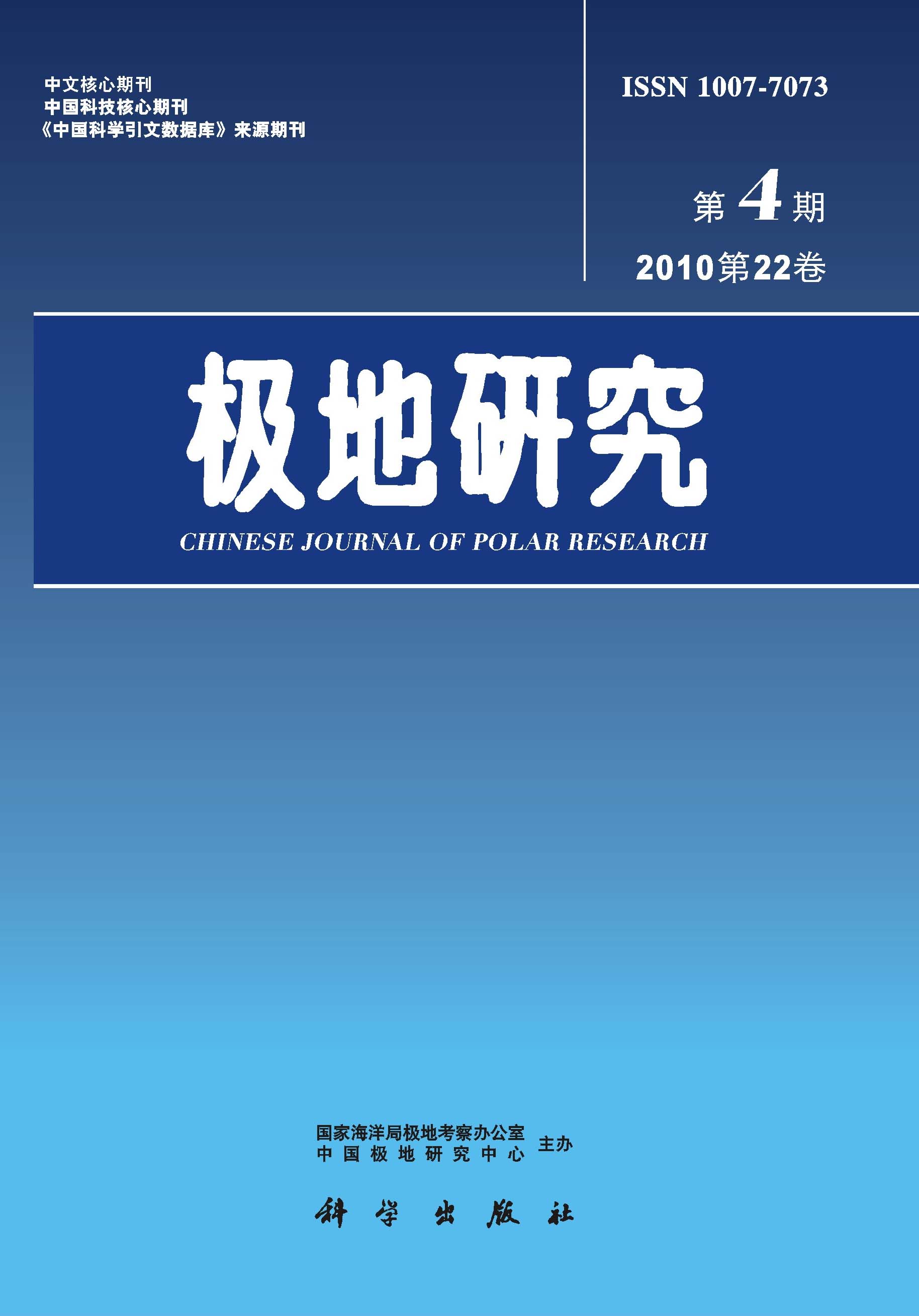As top predators,seals are likely to be sensitive to changes in the dynamics of ecosystems and,in particular,to variations in the flow of photosynthetically fixed carbon to higher levels in the food chain caused by climatic or ecological changes,pack ice seals are excellent indicators of large scale environmental change and,on a smaller scale, variations in seal distribution, abundance and features of their behaviour and physiology in different locations, years and seasons, can provide insights into changes in oceanographic features,pack ice seals could be used as free ranging platforms for oceanographic instruments to record and play(via satellites)data on sea temperature, salinity and ambient light at depth.There is also an urgent need to assess their functional significance in Southern Ocean ecosystems. The questions to be asked concern:the causes and scales of variation in their distribution and abundance;explanations of the greater abundane of crabeater seals;whether there are more Antarcitc seals in relation to primary production than in other regions and if so why;why their life histiory parameters fluctuate in a periodic fashion;why these parmaeters and their observed densities have changed over the past 30 years;how their diets and foraging strategies have adapted to optimize utilization of their food resources whether they have physiological and behavioural adaptations that make them unusually efficient ecologically;how much carbon they transfer to the atmosphere;and whether there are physiological condition of behavioural indices that could be used to appraise the pack ice ecosystem through studies of these seal populations? The APIS programme can be expected to produce information of value to several Antarctic research programmes and inter governmental organizations, These include CEP,CCAS,CCAMLR,(including CEMP),SO GLOBEC,SCOR,SO JGOFS,SCAR GLOCHANT, and IWC.The period of operation of the programms is from the 1995-1996 season through to the 1999-2000 season, with a major logistic effort envisaged for the 1998-1999 season.

